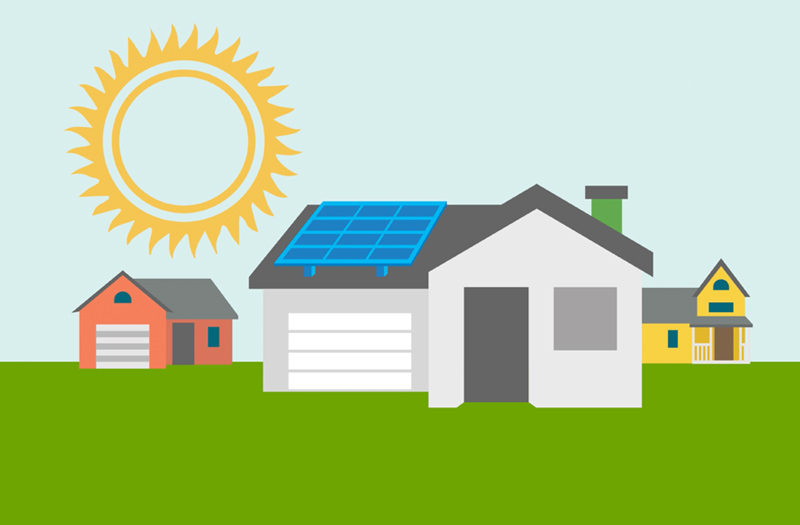If you’re considering going solar, you’ll need to know several things about using their panels to power your home. A crucial thing to note is how many panels you’ll need. While there is no definite answer that covers all scenarios, you can expect to have about 20 solar panels to power an average house.
Of course, several factors come into play. For example, if you live in a place with plenty of sunshine like Florida, the number of solar panels needed may vary, all factors being considered. A West Bay energy solar company in St. Petersburg, FL, can help you to determine the exact number of solar panels you need to power your house.
Knowing the number of solar panels needed to power a house is crucial because it determines how much electricity can be produced. Key determinants of how much electricity a house uses are appliances used and the climatic conditions of the region in which a house is located. For example, homes with multiple refrigerators are likely to use more electricity. Similarly, a house located in a hot region will require more electricity if it uses air conditioning most of the time.
How to Determine the Number of Solar Panels a House Needs
For most people, their solar needs will vary from the national average. As such, they may need more than 28 solar panels or less depending on their power consumption, among other factors.
Click here – Keep Your Basement Dry With These Waterproofing Tips
When you contact a solar professional about installing solar panels at your house, they’ll follow some basic steps to determine the number of panels your house needs. These steps include:
- i) Determining your energy usage: How much electricity your house uses is simple enough to determine. Your monthly power bills usually give a good idea of this. At the bottom of your electricity bill will be the number of Kilowatts you’ve used that month. However, it’s important not to depend on figures from a single month. This is because electricity usage varies from month to month based on seasons or your needs. For example, if there were increased temperatures for months, your electricity consumption may be high due to constant air conditioning usage. It is best to get an average electricity consumption of several months to give an accurate figure.
- ii) Average amount of yearly sunshine: Florida is known as the sunshine state for a reason; it’s because it experiences sunshine and hot weather pretty much throughout the year. In such a place, expect the average electricity consumption to be high due to air conditioning use. The abundance of sunshine also means that solar panels are ideal in such a place. Additionally, a house in a place like Florida will require fewer solar panels to power a similar-sized house in a place like Alaska. This is because plenty of sunshine means more solar energy is converted to electricity, hence fewer panels are needed. A key concept here is the peak sun hour. This is the daily amount of sunlight received in a particular area. The idea is to determine a monthly average of peak sun hours. This is done by multiplying the daily peak sun hours by 30.
iii) Determine the size of the solar system needed: After determining how much sunshine will produce 1 KW of electricity, it becomes easier to determine the number of solar panels needed. Divide the monthly amount of electricity used (in KWh) by the monthly peak sun hours. For example, if your average monthly electricity consumption is 900 KWh and the monthly peak sun hours are 135, it will be
Click here – Sacramento Car Accident Attorney Helpful In Process Of Accident Insurance
900/135= 6.66 kW of solar energy.
- iv) Determine the number of solar panels: Once you’ve determined the amount of solar energy per panel e.g. 6.6kW, it’s time to figure out how many panels you’ll need to power your house. In the above example, 6.6kW means 6,600 watts. Divide this figure by the wattage of the solar panel type that you want to install at your house. For most Florida residents, the average solar panel is about 370 watts. This means that:
6,600/370=17.83
This means that you’ll need approximately 18 solar panels to power your house.
Of course, other factors like increased electricity usage and cloudy days could mean less efficiency for your solar panels. Any installation will have to account for such eventualities.
Do You Need Much Roof Space?
Usually, a roof space of between 280 and 350 square feet is enough to accommodate your solar panels. If you have limited roof space, you may want to consider installing solar panels with a much higher output.

